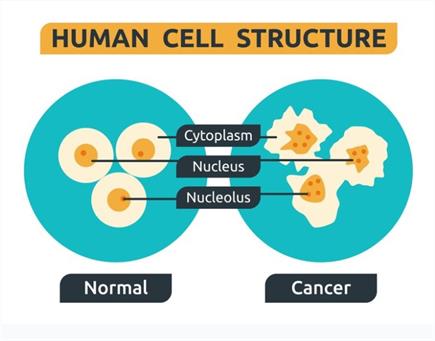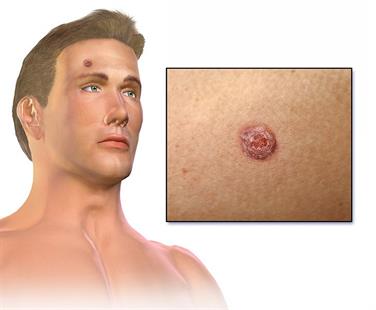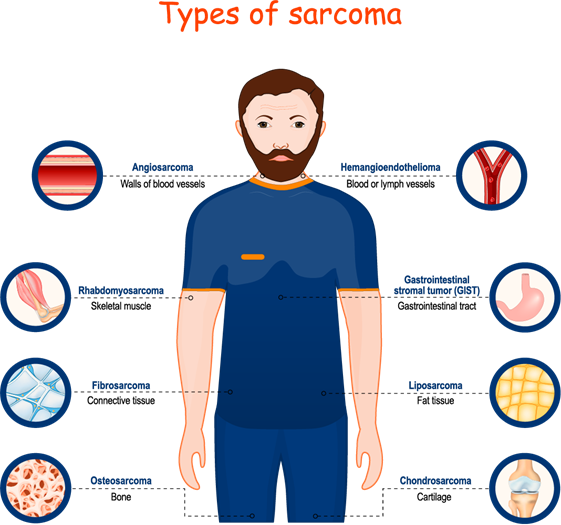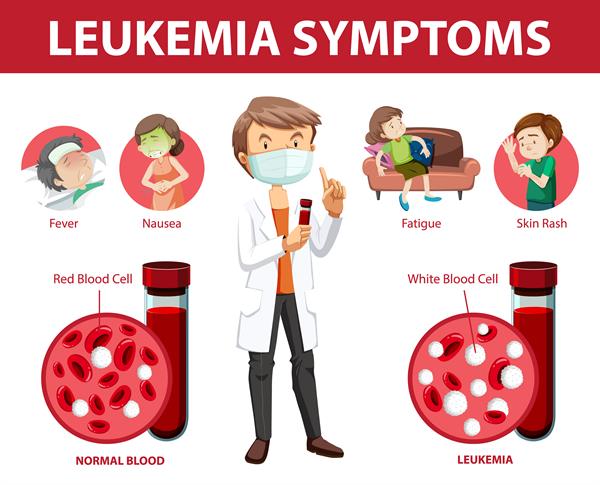
PUMPA - SMART LEARNING
எங்கள் ஆசிரியர்களுடன் 1-ஆன்-1 ஆலோசனை நேரத்தைப் பெறுங்கள். டாப்பர் ஆவதற்கு நாங்கள் பயிற்சி அளிப்போம்
Book Free DemoIn 2011, shortly after the world cup win, cricketer Yuvraj Singh was diagnosed with lung cancer. He has undergone treatment of chemotherapy in the United States and successfully overcome cancer. He was a sports person and had a healthy lifestyle. Nonetheless, he was infected with cancer, demonstrating that an unhealthy lifestyle and genetics can cause cancer. Cancer is mainly caused by exposure to carcinogens, lack of exercise, unhealthy lifestyle and genetics. If we made an early identification, it could be cured with considerably less cost of treatment and less amount of severity. This section will look at cancer and types of cancers.
Cancer is one of humankind's most devastating diseases, and it is a leading cause of death around the world.
The term cancer is derived from a Latin word meaning crab. The study of cancer is known as Oncology (Oncos-Tumor).
Important!
In a given year, it kills roughly 4million people worldwide. More than one million people in India are cancer patients.
Cancer is defined as an abnormal and uncontrolled division of cells that invade and destroy surrounding tissue, resulting in the formation of a tumour or neoplasm (new growth). It's a heterogenous group of cells that don't usually respond to cell division.
The process where the cancerous cells migrate to the distant parts of the body and affect the new tissues is known as metastasis.

Difference between normal and cancer cells
Lungs, bones, liver, skin, and brain are significant sites where metastasis is observed.
Important!
4{th} February is known as World Cancer Day, and 7{th} November is known as National Cancer Awareness Day.
Types of Cancer:
Based on the tissues where they are formed, cancers are classified into the following types:
1. Carcinomas:
These types of cancers develop from epithelial and glandular tissues. Skin, lung, stomach, and brain cancers are among them. Carcinomas make up approximately 85 \(85\%\) of all tumours.

Carcinoma
2. Sarcomas:
These are formed in the connective and muscular tissue. The cancer of bones, cartilage, tendons, adipose tissue and muscles are categorised as sarcomas. These make up \(1\%\) of all tumours.

Types of sarcoma
3. Leukaemia:
The cancers characterised by the increase in the production of white blood cells in the bone marrow and the lymph nodes are known as leukaemia. It is a type of blood cancer and is the most common type of cancer seen in children below 15 years.

A diagram depicts the differences between normal blood and Leukemia.
Types of tumours
Benign tumours:
Benign tumours, also known as non-malignant tumours, remain confined to the affected organ and do not spread to other parts of the body.
Malignant tumours:
These are a mass of proliferating cells that grow faster, invade and damage the surrounding normal tissues.

Benign and malignant tumour
Reference:
https://upload.wikimedia.org/wikipedia/commons/1/1a/Squamous_Cell_Carcinoma_Blausen_Without_Title.jpg